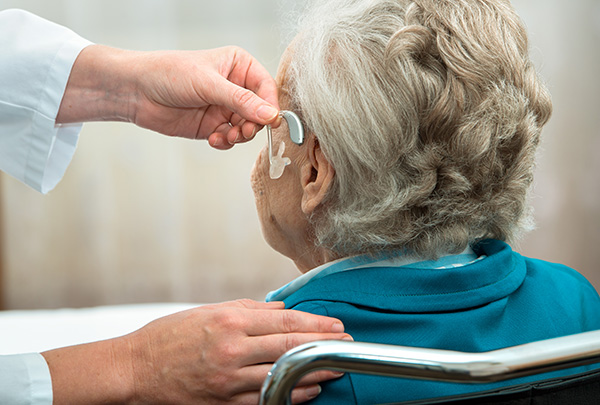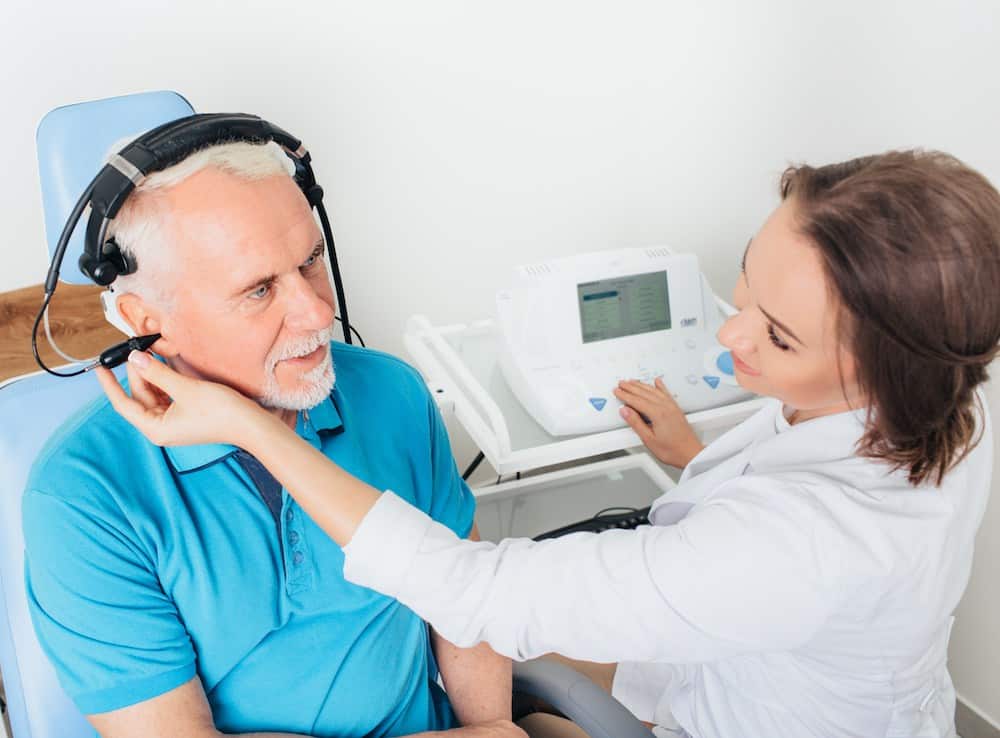Understanding Speech Audiometry in Hearing Tests
Hearing loss can sneak up on you when you least expect it. One moment,


Hearing loss can sneak up on you when you least expect it. One moment,

Experiencing sudden hearing loss can be a shocking and life-altering

Have you ever thought about how telehealth is changing the face of hearing